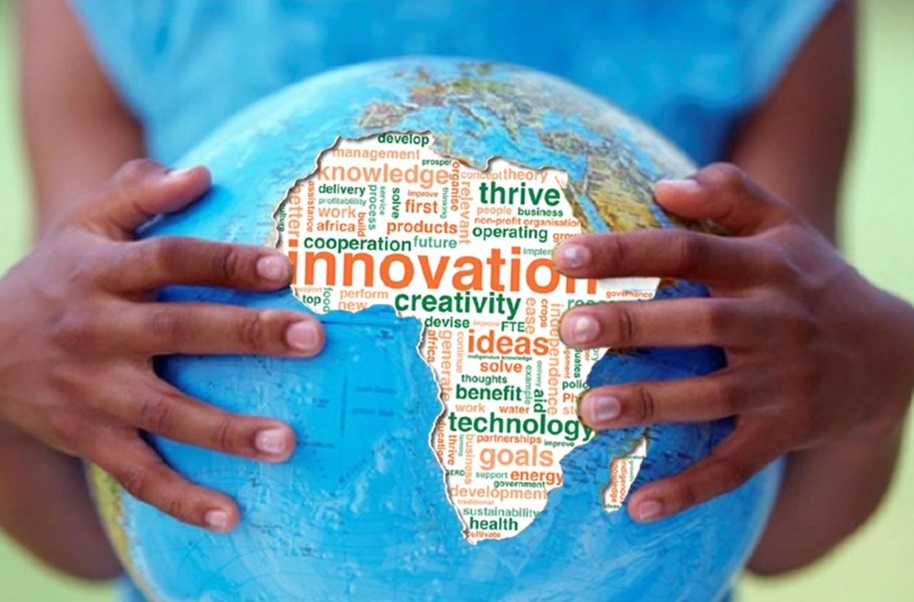In a recent article for the Financial Times, Prof Walter Baets, director of the University of Cape Town Graduate School of Business wrote that Africa should prepare itself for a second wave of colonisation as foreign “western-style” business schools look at boosting their presence on the continent. He said that because Africa has a unique business environment, foreign schools should not merely replicate their current models on the continent.
Jaco Maritz | April 26, 2011
A number of foreign schools have established a footprint on the continent. Shanghai’s China Europe International Business School (CEIBS) recently launched an executive MBA programme in Accra, Ghana. UK-based Henley Business School and Duke University’s Fuqua School of Business both have campuses in South Africa. According to Bloomberg Businessweek, France’s Grenoble Graduate School of Business collaborated with Morocco’s ESCA Ecole de Management to establish a new campus in Casablanca, geared towards training African managers. In the Democratic Republic of Congo (DRC), Germany’s Frankfurt School of Finance and Management has launched an academic research centre devoted to the study of microfinance. In conjunction with the Université Protestante au Congo it has also developed a two-year master of microfinance degree programme. Frankfurt is considering to eventually roll-out MBA programmes in the DRC.
Baets sees the approach followed by some foreign business schools in Africa as neo-colonialism. He says that rather than prescribing to Africa what kind of education it needs, foreign schools should rather work with local institutions in order to develop programmes that are relevant for the continent.
“I am not sure if the models of these foreign business schools are the right models for Africa. A good African business school needs to be relevant to the economy. In South Africa, for example, issues such as social innovation, entrepreneurship, health leadership and education are very important,” Baets told How we made it in Africa in an interview.
He says foreign schools should also invest in building local capacity, rather than flying in lecturers from abroad, as some are currently doing. “They teach . . . and they fly out again, so nothing remains. I have another concept of education, and I have another concept of economic development. He is troubled by the notion “that the Anglo-Saxon business school model has served the world so well that we can just take it up and put it somewhere else”.
Seeking emerging market skills
As more western companies expand beyond the developed world, many students see value in doing MBA’s and other executive courses in emerging market schools located in countries such as India, China, South Africa and Latin America.
Baets says that most of the classical business schools’ models are designed for stable economies where everything is foreseeable. Executives operating in complex emerging markets with high uncertainty and inequality, however, need unique qualities to succeed.
“Emerging market thinking goes beyond the geographical emerging markets. For me it is all about thinking how are you as a leader able to take responsibility in an economy that is changing every day. That is something you would rather learn in an emerging market business school, than in a stable (western) business school,” he notes.
Jaco Maritz | April 26, 2011
A number of foreign schools have established a footprint on the continent. Shanghai’s China Europe International Business School (CEIBS) recently launched an executive MBA programme in Accra, Ghana. UK-based Henley Business School and Duke University’s Fuqua School of Business both have campuses in South Africa. According to Bloomberg Businessweek, France’s Grenoble Graduate School of Business collaborated with Morocco’s ESCA Ecole de Management to establish a new campus in Casablanca, geared towards training African managers. In the Democratic Republic of Congo (DRC), Germany’s Frankfurt School of Finance and Management has launched an academic research centre devoted to the study of microfinance. In conjunction with the Université Protestante au Congo it has also developed a two-year master of microfinance degree programme. Frankfurt is considering to eventually roll-out MBA programmes in the DRC.
Baets sees the approach followed by some foreign business schools in Africa as neo-colonialism. He says that rather than prescribing to Africa what kind of education it needs, foreign schools should rather work with local institutions in order to develop programmes that are relevant for the continent.
“I am not sure if the models of these foreign business schools are the right models for Africa. A good African business school needs to be relevant to the economy. In South Africa, for example, issues such as social innovation, entrepreneurship, health leadership and education are very important,” Baets told How we made it in Africa in an interview.
He says foreign schools should also invest in building local capacity, rather than flying in lecturers from abroad, as some are currently doing. “They teach . . . and they fly out again, so nothing remains. I have another concept of education, and I have another concept of economic development. He is troubled by the notion “that the Anglo-Saxon business school model has served the world so well that we can just take it up and put it somewhere else”.
Seeking emerging market skills
As more western companies expand beyond the developed world, many students see value in doing MBA’s and other executive courses in emerging market schools located in countries such as India, China, South Africa and Latin America.
Baets says that most of the classical business schools’ models are designed for stable economies where everything is foreseeable. Executives operating in complex emerging markets with high uncertainty and inequality, however, need unique qualities to succeed.
“Emerging market thinking goes beyond the geographical emerging markets. For me it is all about thinking how are you as a leader able to take responsibility in an economy that is changing every day. That is something you would rather learn in an emerging market business school, than in a stable (western) business school,” he notes.


